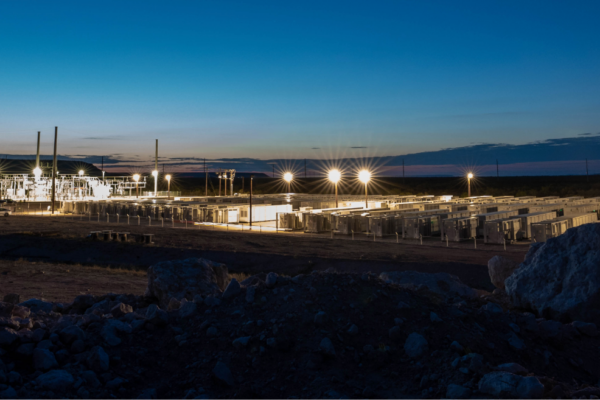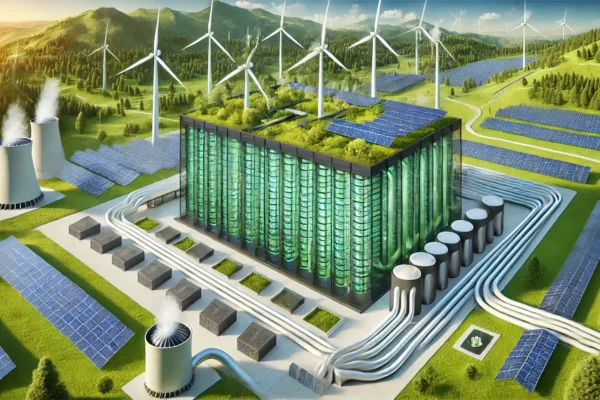Consumers are eating more meat than ever. In the past 50 years meat production has more than tripled, with the world now producing over 350 million tons of meat each year.
Since meat consumption tends to rise as people accumulate more wealth, we don’t expect this trend to reverse anytime soon. Rather, as the global middle class grows, demand for meat is set to increase.
What’s the problem with that? Animals are inefficient in turning energy into human-consumed calories. Beef has only a 3% conversion efficiency while pork is not much better at 9%. As a result, meat production (and associated feedstock, processing, and handling) accounts for almost 20% of GHG emissions.
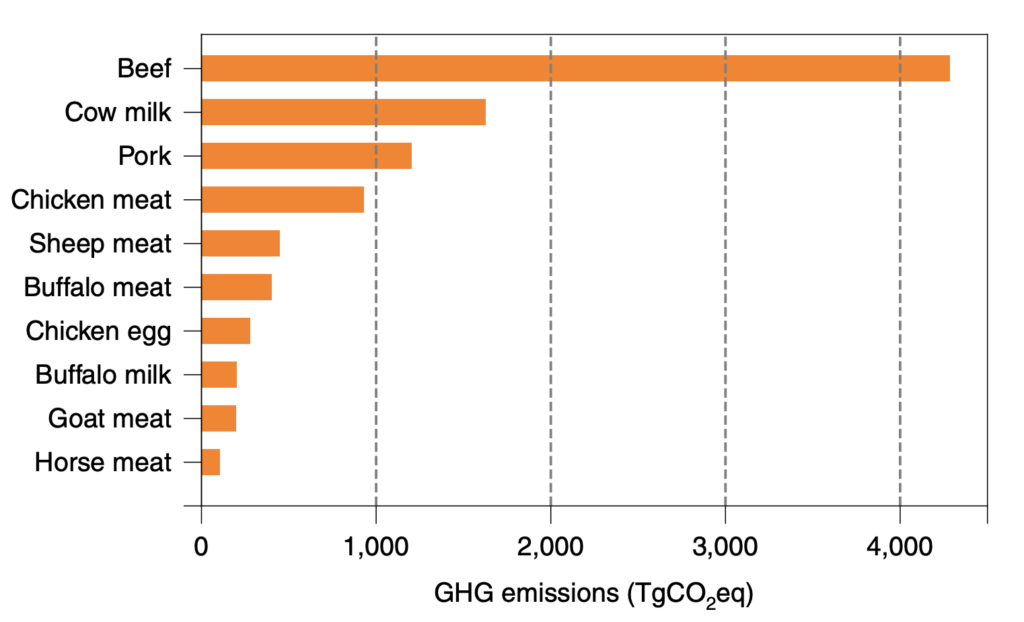
If we worry about the impact on the planet, what can be done? One option is to tell people to stop eating meat, but that is a tall order. Indeed, a 2021 survey in Australia found that 67% of men would choose to reduce their life expectancy by 10 years rather than give up eating meat.
Another option is to offer plant-based alternatives. However, while dozens of companies now offer plant-based meat products and their market availability is growing, consumption appears to have plateaued.
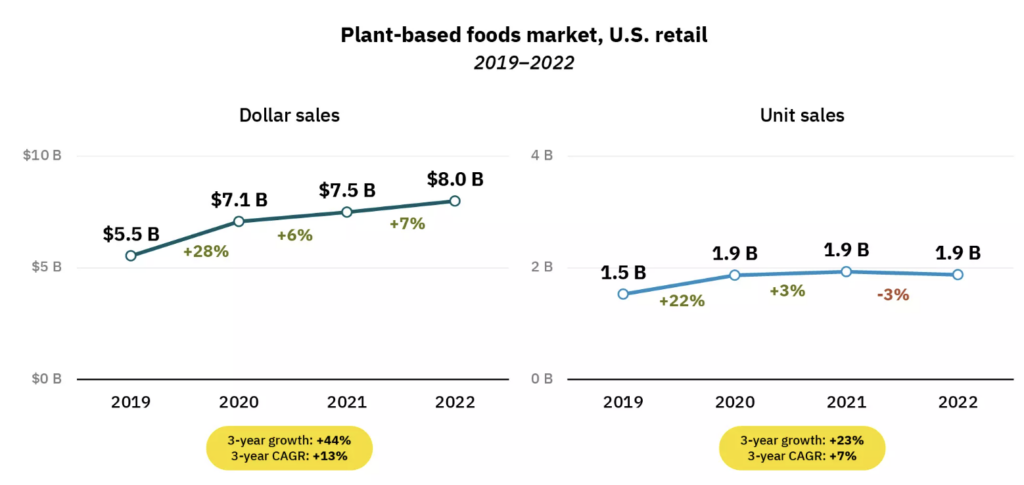
Why has this happened?
Our guess is that many plant-based products on the market require consumers to make compromises across nutrition, taste, texture, and/or price. Their nutritional profile also tends to lack the nutrients and protein of real meat, yet with equivalent or greater fat, sodium, and added sugars due to being highly processed. In terms of taste and texture, most plant-based meat products fall short of approximating the real thing, and they are also usually priced at a premium.
If converting the entire population to vegetarianism or veganism is unrealistic, and plant-based substitutes leave much to be desired, what solutions remain?
Electrify the production of meat by moving it out of the animal
Our current method of food production generates 20% of greenhouse gas emissions globally. At Valo, we believe that an important step in addressing that is to electrify the production of food. Cultivated meat, which moves the production of animal protein out of the animal and into the lab, has been in the works for over a decade, with scientists producing the world’s first lab-grown burger in 2013 with a $330,000 price tag.
Since then the industry has attracted a lot of smart founders; according to the Good Food Institute, there are now at least 156 companies publicly dedicated to cultivated meat. But they’ve struggled to scale their operations and bring costs down. These issues, along with an opaque regulatory environment, have made it difficult for cultivated meat companies to get their operations off the ground and envision a profitable future.
Duplicating animal cells in a lab requires growth media. Traditionally, one of the most expensive – and controversial – ingredients in the media has been fetal bovine serum (FBS), which is made from the blood of fetuses. Figuring out how to replicate FBS’s effects with synthetic ingredients has been one of the biggest hurdles to making cultivated meat, especially when trying to do so cheaply. Driving down growth media costs while ensuring that the media is rich enough to grow cells rapidly is the key to making cultivated meat viable.
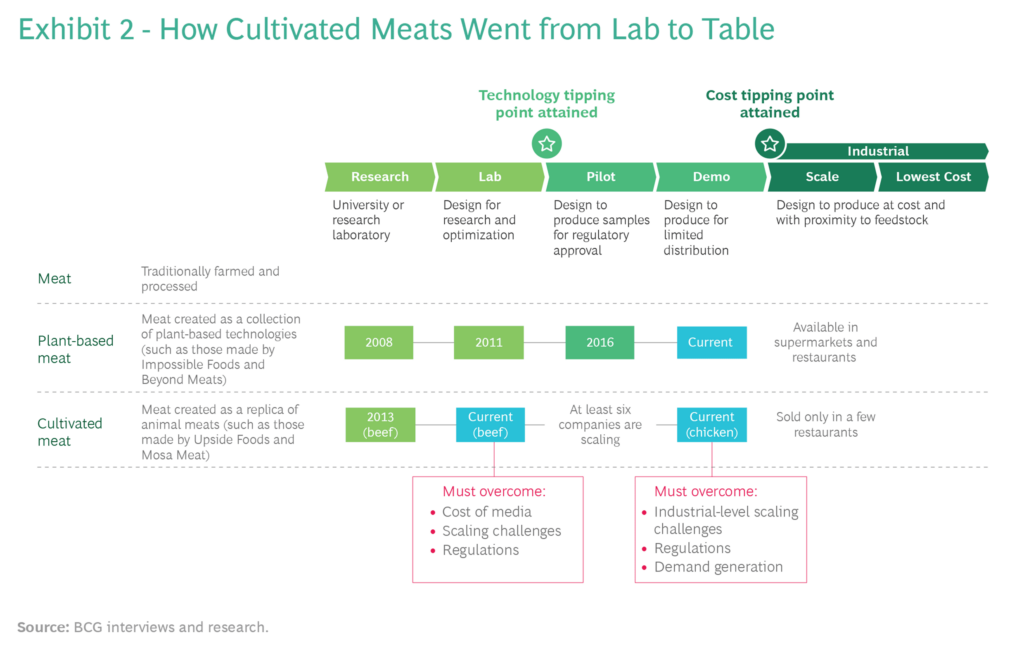
Regulations around cultivated meat have also evolved slowly. Though some companies started selling cultivated chicken in Singapore in 2020, it wasn’t until November 2022 that the FDA granted approval to Upside Foods to sell similar products in the US – and it was only the first of three approvals needed. The company completed its final regulatory step with the USDA in June of 2023 and is launching commercial production of its cultivated chicken. Another company, Eat Just, received its “no questions” letter from the FDA for its cultivated chicken product under the Good Meat brand in March 2023, followed by full USDA approval in June 2023.
The groundwork has therefore been laid and will facilitate other cultivated meat companies more swiftly navigating the regulatory environment to bring their products to market.
Why Valo Invested in Clever Carnivore
Once the US regulations around cultivated meat were clarified, Valo set out to find a company that could surmount the two other important challenges – making the biology work outside of an animal and scaling cost-effectively to achieve mass market pricing.
Originating from the Burridge Lab at Northwestern University’s Feinberg School of Medicine, Clever Carnivore is bringing cost-competitive cultivated pork and beef to the consumer market through cutting-edge biotechnology and uniquely low-cost cell culture media.
We first came across Clever Carnivore through our research of several companies in the industry and were immediately impressed by the team and what they had achieved in a short period of time – far more than many competitors who had been working on similar problems much longer and had raised far more capital.
A combination of factors, including Clever Carnivore’s team, breakthrough cost structure and current yield, coupled with our impact thesis on cultivated meat, gave us the confidence to invest in Clever Carnivore.
1. The environmental advantages of electrifying the production of meat
By removing the animal from the equation, cultivated meat reduces the primary inputs required for meat production to electricity, water, and essential cellular nutrients. According to a 2021 LCA/TEA produced by GFI, GAIA, and CE Delft, cultivated meat results in i) up to 92% less global warming; ii) 64-90% less land use; iii) up to 78% less water use; iv) 20-94% less air pollution; v) 69-98% less acidification of soils; and vi) 75-99% less marine eutrophication.

2. The strong team
Clever Carnivore is led by co-founders Dr. Virginia Rangos, and Dr. Paul Burridge, an expert in pluripotent cell methods development, specializing in chemically defined differentiation media formulations.
Dr. Burridge holds three patents for optimized, low-cost cell culture media, has three pending patents, and is cited by many key publications on iPSC. The expertise and experience of Dr. Burridge gives the company a unique competitive advantage.
3. Superior growth performance in serum-free media and improved costs
Using iPS cells that do not require complex supplements and a serum-free media has enabled Clever Carnivore to develop a product that outperforms competitors in terms of both yield and product quality. By producing its own basal media and recombinant growth factors in-house, Clever Carnivore has customized and optimized its media for its unique cell lines and production processes. As a result, the Company has reached a very impressive media cost.
These cost advantages, coupled with Clever Carnivore’s cells’ superior growth performance (short doubling time) in serum-free media, places Clever Carnivore in a unique position to evolve their production processes and product formulation in a cost- and time-efficient manner. Their vertically integrated systems (from bioreactors to basal media) have enabled the company to keep costs down and rapidly iterate. They also have optimized amino acids, short doubling and run times, and avoid CO2 for pH control, all further reducing environmental impacts.
Clever Carnivore’s tightly integrated media and cell line optimization enables the company to outperform competitors in terms of both yield and product quality and puts the company in a prime position to achieve price parity, all while maintaining an FBS-free and non-GMO product.
4. Proprietary low-cost bioreactors
Clever Carnivore has also designed low-cost bioreactors. Their proprietary design enables the company to procure food-grade reactors for a fraction of the cost compared to pharma-grade bioreactors. Their bioreactors also have a robust supply chain, allowing them to iterate on design to improve their process rapidly. These cost advantages and supply chain agility allow them to deliver products with both speed and scale.
In Summary
Demand for meat is set to grow in the coming decades. We must therefore find better methods of meat production that are kinder to the planet and economically viable. Cultivated meat holds the promise that consumers can continue to enjoy the food they love at an affordable price without compromising their sustainability values.
We are enthusiastic that Clever Carnivore has already progressed to a point where there are “no miracles needed” to reach a mass market cost point and has the essential components in place to make cultivated meat at price parity a reality. That feels much more like real consumer choice.
To learn more about Valo’s portfolio companies, please visit our website.
¹In parallel, solutions such as regenerative ranching and innovations in cow feed inputs aimed at decreasing cow methane emissions are making the raising of animals for slaughter less environmentally harmful. These approaches may be part of the solution mix, though the issues of land use and inefficiency in protein conversion remain. This is an open thesis we are exploring.

